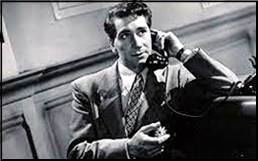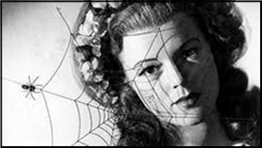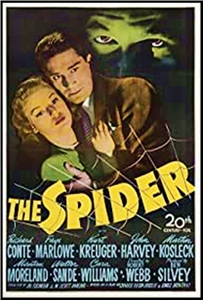MY FAVORITE PRIVATE EYE WRITERS
by Barry Gardner
Of all the subcategories of crime fiction, I suppose that hard-boiled private detective stories are my favorites, and I’m sure I read more of them than of any other. [As of the present day, June 1992] who’s the absolute best at writing them now? Gawd, I dunno. I do know that there are a lot of people writing them now, as the lists below will attest.
Just for the fun of it (all listmakers will understand) and my own edification, I thought I’d list those who currently write primarily in that area that I read regularly, and who almost always furnish me with a book at I enjoy, and often one that I like a great deal. What I ended up with were three groups of 10 each, ranked as groups, but listed alphabetically and unranked within each group. And the winners were:
Group 1:
Lawrence Block
Michael Collins
Loren Estleman
Stephen Greenleaf
Jeremiah Healy
Arthur Lyons
Marcia Muller
Bill Pronzini
Les Roberts
Jonathan Valin
Group 2:
Linda Barnes
Earl Emerson
Linda Grant
Sue Grafton
Rob Kantner
Michael Z. Lewin
John Lutz
Robert J. Randisi
William J. Reynolds
William G. Tapply
Group 3:
Marvin Albert
Peter Corris
Wayne Dundee
Timothy Hallinan
Paul Kemprecos
Jerry Kennealy
Edward Mathis
James E. Martin
Sara Paretsky
David M. Pierce
That my list is so large implies one of two things (I’m sure you’ll be able to guess which interpretation I prefer): either there are a hell of a lot of decent PI writers around today or I’m sadly deficient in discrimination. Also interesting is that 5 of the 30 are female, which I’d venture to say is higher than the distaff percentage of all PI writers. Does anyone have an idea of the actual breakdown?
Notable by his absence is Robert B. Parker, whom I like very much at his best, but who has been too uneven in output, and is just too, too bad when he’s bad. There must be at least a dozen others that I read fairly regularly, and heaven knows how many more that I’ve tried and discarded, or haven’t read yet. I hadn’t realized how many there were. Amazing.
I’d really be interested in hearing your opinions — who you‘d move up or down, who you’d put on or leave off, and/or any other thought that strikes you forcefully but non-lethally.
As long as I’m boiling ’em hard, a few more opinions:
The 5 most influential:
Dashiell Hammett
Raymond Chandler
Ross Macdonald
Mickey Spillane
Robert B. Parker
The above, to me, were no-brainers. Note that no comment on quality is intended, merely influence. It is impossible to read a book in the genre today without hearing distinct echoes of at least one of them, and often of several in the same book. I see very little of Hammett, really, but without him there wouldn’t have been Chandler, so–
The 5 best no longer writing :
Dashiell Hammett
Raymond Chandler
Ross Macdonald
Thomas B. Dewey
William Campbell Gault
I‘m reasonably comfortable with the first four, but there were several contenders for #5. I gave it to Gault because I felt he was more consistent over a large body of work. Browne, Brown, and Spicer were others I considered.
The 5 best newcomers (last 5 or 6 years):
Timothy Hallinan
Linda Grant
Wayne Dundee
Paul Kemprecos
James E. Martin
5 I’d like to see write some more:
Jack Lynch (Bragg)
Max Byrd (Mike Haller)
Joe Gores (DKA)
Timothy Harris (Thomas Kyd)
Doug Hornig (Loren Swift)
I know some of them have gone on to bigger and better things, but I particularly miss Gores, and thought Harris had real potential as a PI writer. I liked Lynch’s books more than most people did, and though Byrd and Hornig better than average.
It should be noted that I don’t consider John D. MacDonald, James Lee Burke, or A. E. Maxwell to be private eye writers, though I have seen all categorized as such in one place or another. All would be somewhere on some list if they were, particularly the first two.
Noted also among the missing is James Crumley, whom I unrepentantly continue to regard as a muddy plotter writing about unappetizing heroes (?), redeemed only by his erratically powerful prose. Another one whose writing I admire but who is nevertheless absent from all lists is Robert Crais. He’s a talented writer, and I’m hopeful he’ll outgrow his macho excesses as exemplified in Stalking the the Angel.
— Reprinted from Fireman, Fireman, Save My Books #2, July 1992.



